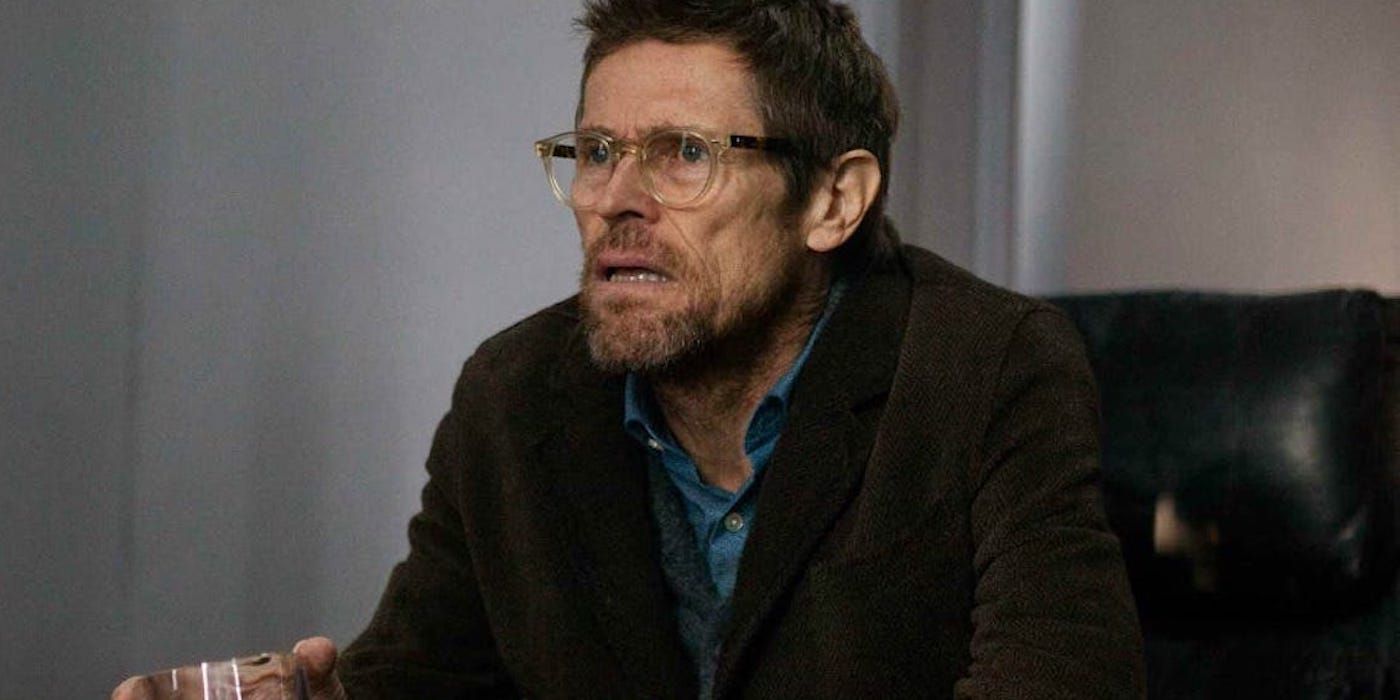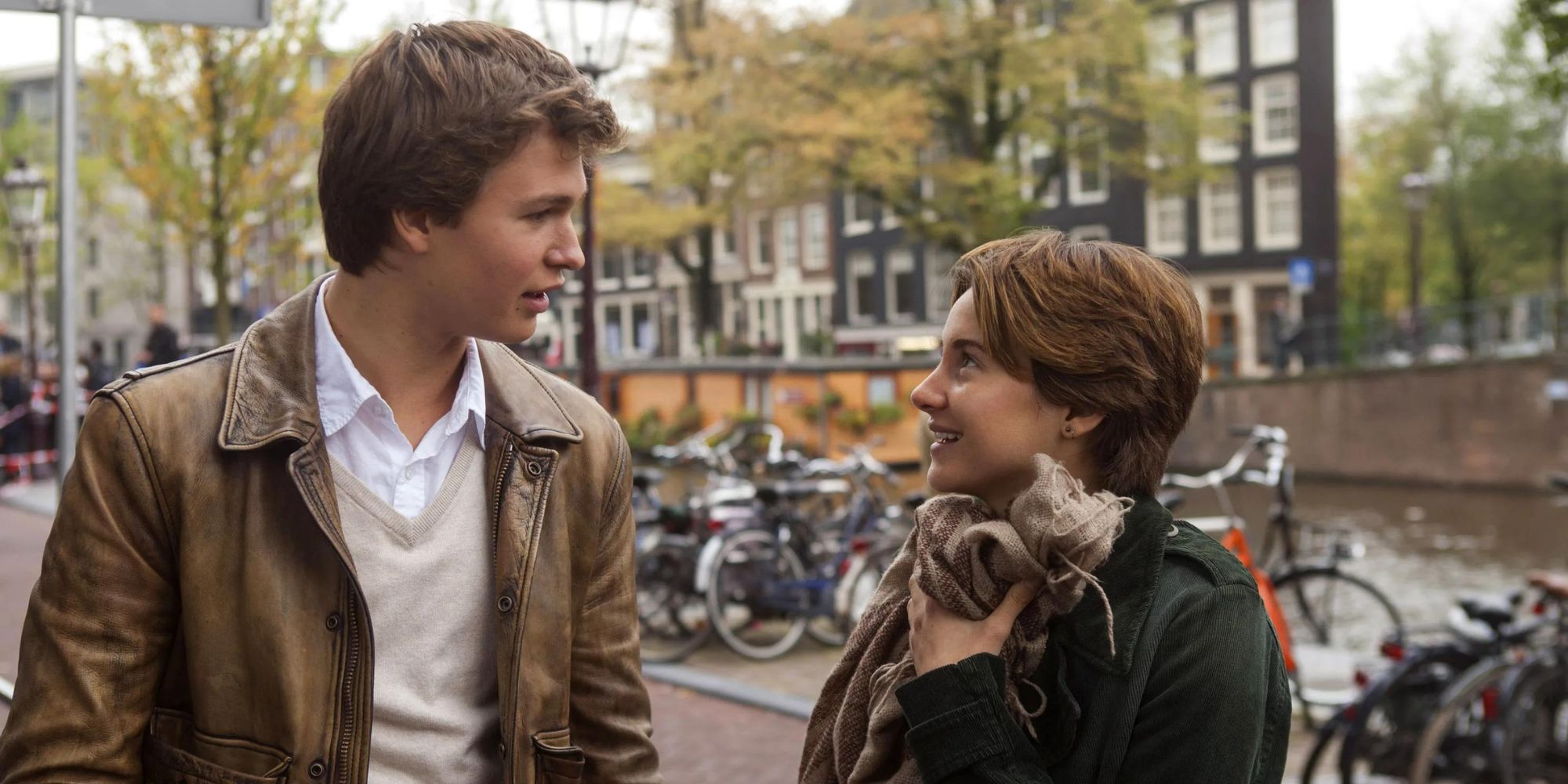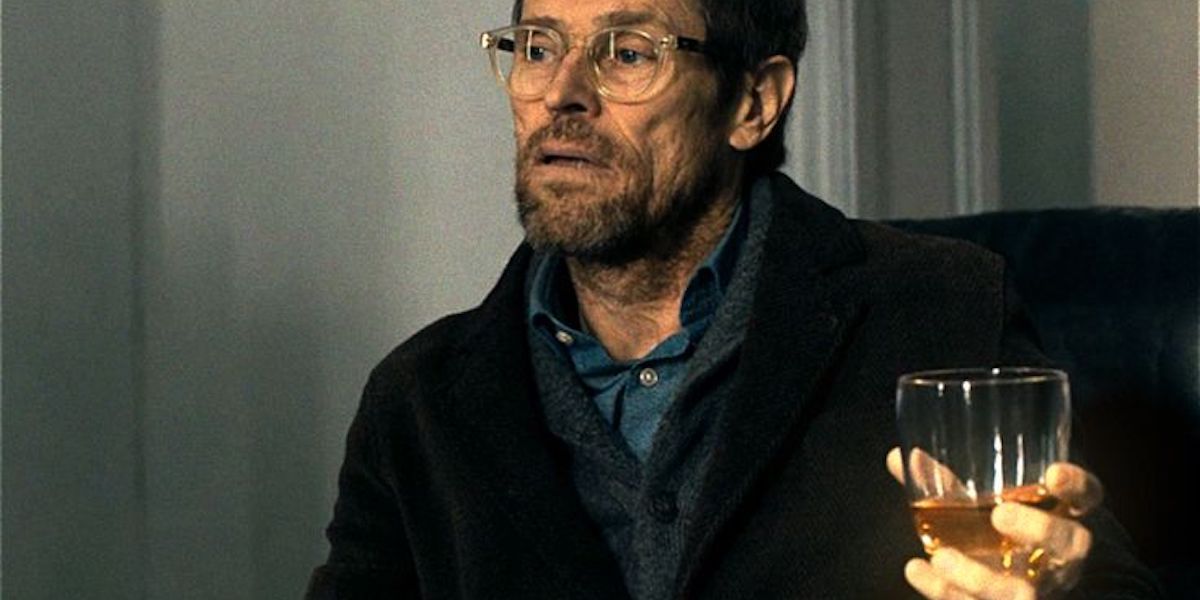Willem Dafoe is an actor renowned for his versatility, but it's his villainous qualities that have become his most beloved roles. Whether he’s a crazed supervillain like the Green Goblin in Spider-Man, a hulking hitman in The Grand Budapest Hotel, a probing investigator in American Psycho, an insane sailor in The Lighthouse, or a ruthless gang leader in Streets of Fire, Dafoe can show the weird, wicked side of human nature in endlessly compelling ways. There’s nothing better than watching Dafoe chew the scenery, even if it comes in the most unexpected projects. Dafoe somehow retained his villainous personna in the young adult adaptation The Fault in Our Stars, taking anyone unfamiliar with the novel by surprise.
What Is 'The Fault in Our Stars' About?
Based on the bestseller by John Green, The Fault In Our Stars is surprisingly poignant and entertaining for a premise that seems like just another weepie intended for teenagers; those familiar with Green’s work know he has finger on the pulse of what young people actually look, talk, and feel like. The film follows a doomed romance between two cancer-stricken teenagers who bond during a support group. Hazel Grace Lancaster (Shailene Woodley) has resisted opening up to anyone her own age, but the frank honesty and humor of Gus Waters (Ansel Elgort) ends up charming her. The two have a positive impact on each other’s lives, and Hazel even gets Gus to read her favorite book An Imperial Affliction. Hazels is particularly obsessed with the novel’s author Peter Van Houten, played by Dafoe, who retired to Amsterdam following its publication.
The hype surrounding Van Houten rises in Hazel’s mind as her condition grows worse. While some teenagers might idolize a movie star or favorite musician, Hazel has imagined Van Houten to be the ultimate bearer of wisdom and generous artist. The build up to actually meeting the man himself is when Hazel is at her happiest, but Dafoe showed that Van Houten is not worthy of any such praise. He’s become a bitter, reclusive alcoholic who takes out his anger on anyone who dares to take interest in his novels. What elevates The Fault In Our Stars above other films dealing with terminal illness is the emotional honesty; sometimes our heroes don’t live up to expectations. Dafoe’s performance is more than just a scene-stealer, as it emphasizes the film’s theme of knowing your self worth.
Why Isn't Van Houten What Hazel Imagined?
The film finds an interesting way to tease Dafoe’s eventual appearance without ever letting him appear on screen; while generally having such a famous actor appear in a smaller role towards the film’s ending might seem like a cheap twist, Dafoe has so often taken minor roles that it’s not distracting at all. Hazel’s obsession with Van Houten leads Gus to send him a good faith message, as he appears to be eloquent, kind, and sympathetic in all of the online correspondence they’ve shared. Gus plans to give Hazel the gift of her life by taking her to Amsterdam to meet the man, but he realizes all too late that the emails were actually sent by Van Houten’s personal assistant, Lidewij Vliegenthart (Lotte Verbeek).
In the very moment he first appears on screen, Dafoe makes it abundantly clear that he is not the Van Houten they were expecting. Dafoe emphasizes Van Houten’s gruff rebuttal of any attempts to simply greet him; it’s not just that he’s mean-spirited and cruel, but that he’s not willing to engage in any common courtesy. While this could have been a manipulative twist that’s simply there to induce tears from the audience, Dafoe shows that Van Houten isn’t an over-the-top villain who targets Hazel and Gus in particular. This is just the bitter, nasty way he’s chosen to live his life, and somehow that’s even more disappointing for Hazel. The man who gifted her with words of hope when she was contemplating her own mortality has given her a chilling dose of reality.
Of course, Van Houten is so inherently cruel that he takes this chance encounter as an opportunity to single out Hazel in particular. Dafoe shows how Van Houten enjoys toying with Hazel, as if making fun of a dying teenager is all he needs to entertain himself. Hazel may have had people scoff or mock her potential demise, but never in the cruel way that Dafoe captures. What’s worse is that he bears more insults for An Imperial Alliance itself, characterizing it as just a fictional story he never put any thought into. If Van Houten wasn’t viscous enough, he’s cast doubt on the text that Hazel had built her relationship with Gus upon. Woodley’s terrific performance emphasizes how hard this is to hear.
What Is 'The Fault in Our Stars' Surprising Twist?
Van Houten makes a surprising appearance at the very end when Gus finally succumbs to the illness and dies. He’s been absent in Hazel’s mind for a while, as Gus encouraged her to find a new passion as they enjoyed an otherwise romantic trip in Amsterdam. While she’s obviously in an intimate state due to the tragedy, Hazel is particularly venomous towards Van Houten. However, Dafoe never characterizes his outreach as a last minute shot of redemption; he acknowledges that he’s simply a close-minded person, and emphasizes that he is only here due to a personal request from Gus. He delicately explains that he wrote An Imperial Affliction as a means of coping with the loss of his daughter, who had passed away of leukemia years earlier.
It’s amazing that Dafoe is able to transform such a malicious character into someone who even slightly evokes sympathy; what makes it brilliant is that he’s never begging Hazel for forgiveness. In a way, he’s quite similar to Gus, as they both prefer honesty over a half-hearted lie intended to only provide short-term relief. It indicates that Van Houten has respect for Gus’ determination, and by extension Hazel. It’s not the pitch perfect ending Hazel had imagined, but The Fault In Our Stars isn’t choosing the safe route.
There’s an emotional honesty that Willem Dafoe brings to all of his characters, regardless of how villainous they are. Even if he’s playing an exaggerated villain like Norman Osborn, he is able to access a character’s motivations and outlook on life. He gives The Fault In Our Stars a sense of purpose and humility, and steals the film without disrespecting the romance at its center.



